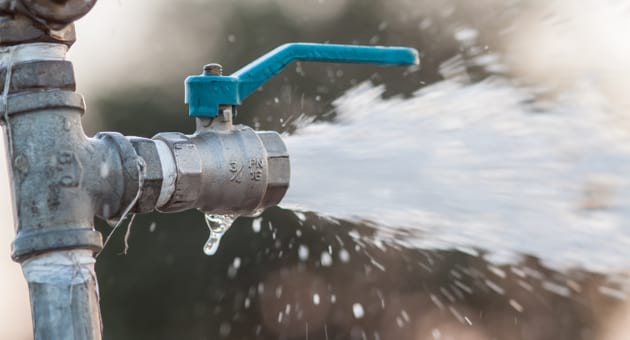Did you know that the US valve industry has a market size of $35 billion? It also employs over 94,000 Americans. The production of gas ball valves is an important contributor to those totals.
But a gas ball valve is only effective if maintained properly. Do you know the importance of lubricating different types of valves?
The following guide will explain why lubricating valves properly prevents damages and avoids needless expenses. Read on to learn how to keep a ball float valve functioning at maximum efficiency.
Cleaning and Inspection
Always remember to clean the area thoroughly before applying valve lubricants. It’s common for valves to build up a lot of dirt around them. Removing this dirt before lubrication ensures efficiency.
A wire brush or towel works best for cleaning valves depending on their type and location. It’s also good to clean dirt and dust from other areas that surround the valve.
Try to clean your valves regularly even when you’re not adding lubricant. Doing this prolongs the life of the entire system.
Always inspect your equipment for leaks before applying lubricant. Don’t lubricate valves until all leaks are repaired.
Why You Should Lubricate a Gas Ball Valve
Lubrication, also known as greasing the valve, is a very crucial part of valve maintenance. Without regular lubrication, valves won’t perform as well and might even cause the whole system to break down.
Gas ball valve lubricants types are either synthetic or organic. Their main job is to limit the surface friction of moving valve parts. Surfaces wear out very quickly without proper lubrication.
Lubricants are also used hydraulically as a surface coating that lets some ball valves operate more smoothly.
Some use valve lubricants on metal joints like those found in gear interfaces or lead to the bushing to ensure proper function.
Valve lubricants stop oxidation or corrosion by shielding the surface from atmospheric oxygen. Avoiding corrosion extends valve life substantially.
When you inject lubricants they work as a sealant. This helps the functions of the ball, disc, and valve seats.
How To Apply Lubricants
Rotate the valve when applying lubricants so that the lubricant gets entirely into the valve’s cavity. Always make sure you’re using the proper lubricant type for your specific valve.
Some lubricants are resistant to CO2, high temperatures, and water. Lubricants types typically include lithium-based and petroleum-based but there are also several other variants.
Consider any weather changes that occur in the valve’s location for added protection. If a valve is outside or in an open area it might require additional insulation.
Ready to Lubricate Your Valves?
Now you know how to prep for lubrication, the benefits for your gas ball valve, and how to apply the lubricant. It’s an easy yet critical step in maintaining valves to keep your equipment safe and running smoothly.
We hope you’ve found this article about valve lubrication helpful. Please check out the rest of our blog for more technology tips and other fascinating information.










